| On this page |
Overview ¶
The way cloth stretches and bends is very important. How much and how fast it wrinkles is what makes cloth look like a certain material over another. Making sure the pscale attribute is the correct size can be complicated when dealing with mass, scale, and topology, which makes it difficult to make any material look consistent across resolutions. The Vellum Constraints node now has options to adjust the size of the cloth automatically.
As you increase the resolution within a reasonable range, you should see the cloth behave generally in the same way and have similar material behavior. The bends that are created as cloth folds now look qualitatively similar without having to do much adjusting.
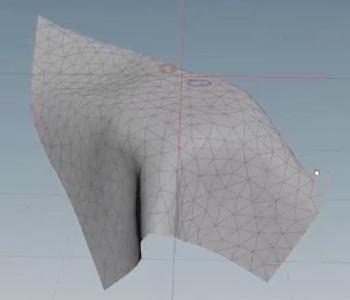
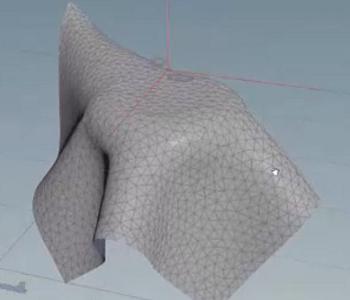
Changing the resolution of cloth ¶
Often when you use a PolyReduce SOP, you will end up with an nonuniform mesh because PolyReduce tries to optimize for flat areas. This results in long skinny triangles to get the fewest number of triangles with the best results, which isn’t ideal for cloth simulations since you don’t know how cloth is going to bend. Changing the Equalize Edges parameter to
0.1 will give you a more uniform mesh for simulation.
Tip
You can also use the Remesh SOP
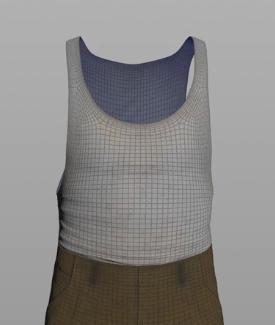
High res mesh.
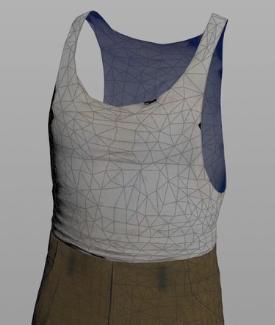
After connecting a PolyReduce SOP with the Percentage To Keep set to 25.
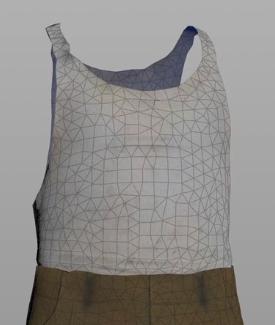
After changing Equalize Edges to 0.1.